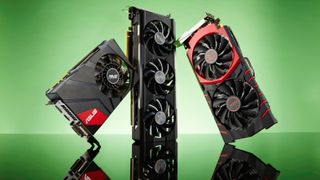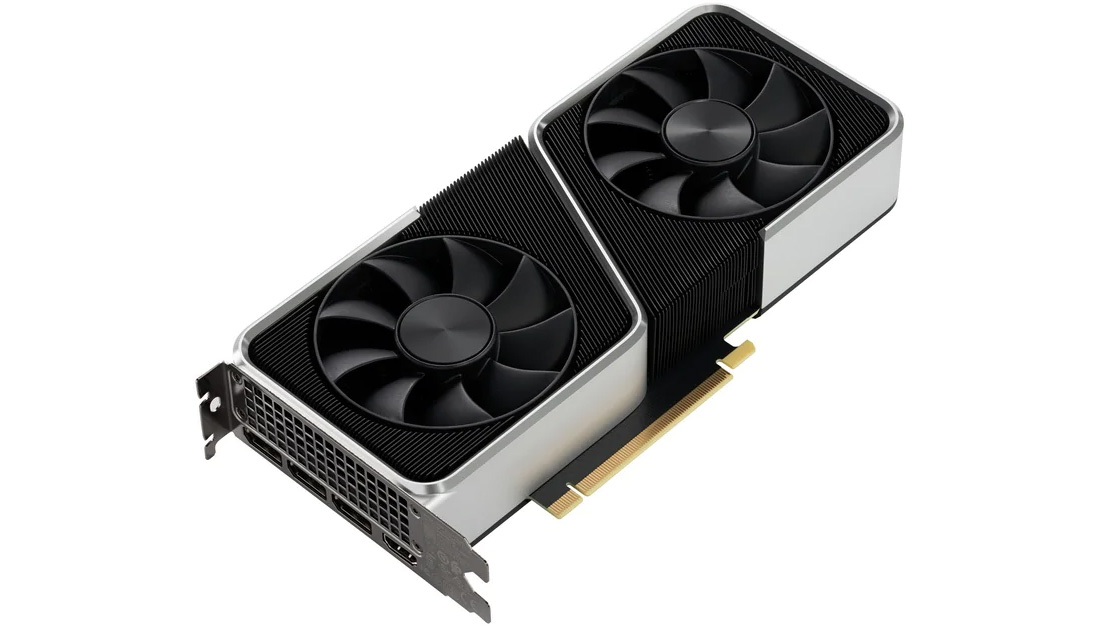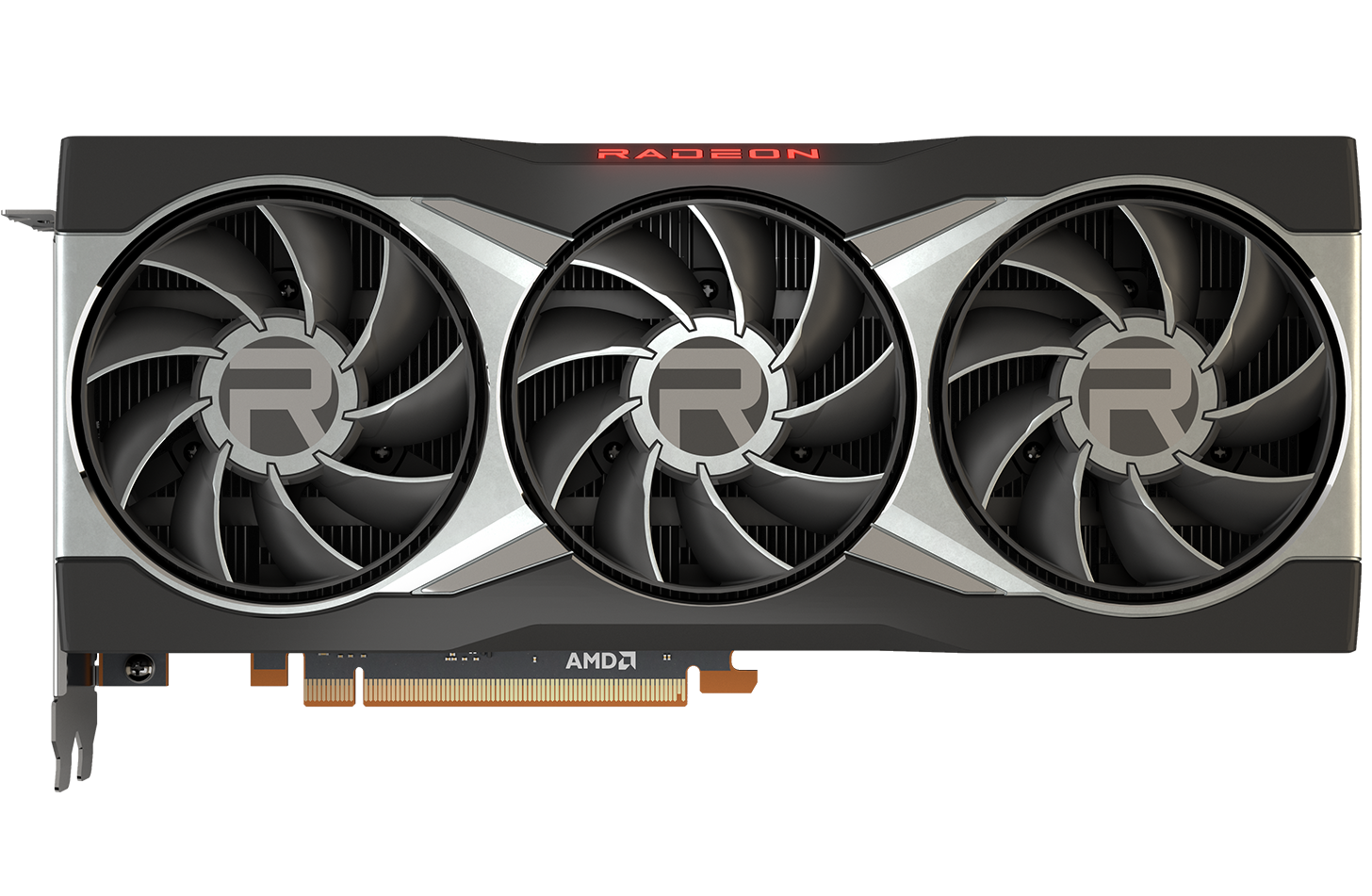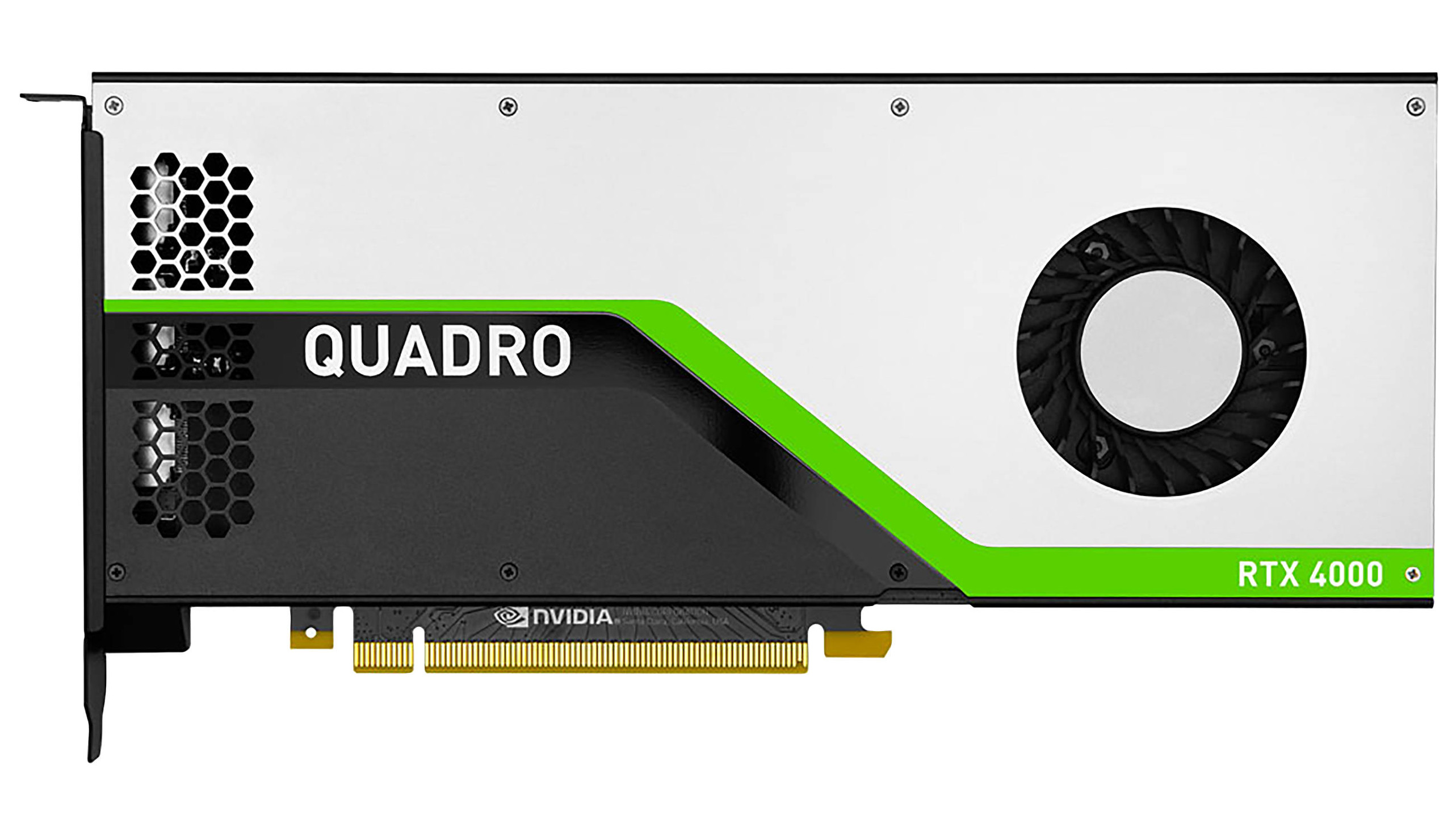Graphics Card For Video Editing 4k
The best graphics cards for video editing in 2021
Included in this guide:

Looking for the best graphics cards for video editing? This guide will help you choose the right card for your needs, explain the jargon and help you find it at the right price.
Update - Autumn 2021: right now, due to production shortages and hugely increased demand from gamers and crypto currency miners, almost all makes and models of graphics cards are in very short supply. Nvidia's RTX 30-series cards are rare, and those that are available may well be selling for hugely over-inflated prices. Be sure to regularly check the latest prices below from our respected affiliate retailers to ensure you get the best possible deal.
It used to be that video editing software relied solely on your computer's central processor (CPU) to process and export video. But even with 4, 6, 8, or even more cores, a CPU simply can't match the incredible power of a graphics card, which can contain thousands of processing cores. It's actually rather more technical than that, but the upshot is a graphics card can export video a whole lot faster than even a top-end CPU.
What's more, while spending top dollar on the very best graphics card will get you extra encoding performance, you really don't have to. Even a lower-mid-range card will give your editing rig a serious speed boost, with pricier video cards only yielding marginally superior performance. Providing your editing software supports hardware video acceleration (pretty much all popular editing packages do, with apps like DaVinci Resolve being heavily reliant on graphics card hardware) upgrading your computer's graphics card can give you a worthwhile performance boost when video editing.
Choosing the right video card for you obviously depends on your budget, as well as the kind of computer you'll be upgrading. Firstly, you can only upgrade the graphics card in a desktop computer, not a laptop. It is possible to increase the graphics card performance in a laptop by adding an external graphics card (eGPU), attached via Thunderbolt. An eGPU is basically a conventional internal graphics card, stuck in a special enclosure that allows it to be powered direct from a mains outlet and connected to your computer via Thunderbolt. However, in this guide we're only covering internal graphics card upgrades for desktop computers.
Choosing the right graphics card
If you're editing on a Mac, it'll need to be a 2019 Mac Pro, and you'll need a graphics card made by AMD, not Nvidia. That's because macOS only supports AMD cards, and AMD's current RX 6x00-series graphics card range is only supported by macOS Big Sur 11.4 and newer. If you're prepared to use Windows via Boot Camp on a 2019 Mac Pro, a Nvidia graphics card can be fitted, albeit not in PCIe expansion slot 2.
If you're editing on a PC, you've got a lot more graphics card choice. Virtually any graphics card using a Nvidia or AMD chipset should work just fine, providing you first check these criteria:
1: Make sure there's enough space inside your desktop tower. High-end graphics cards tend to be quite long, which can mean they won't fit inside smaller tower cases. They also tend to be fitted with a bulky cooling heatsink and fan assembly, which will require plenty of space directly below the PCIe slot that the card is plugged into.
2: Ensure your PC's power supply unit (PSU) is up to the job. Fitting a powerful, power-hungry graphics card could overload a puny power supply, at best resulting in system crashes, or at worst, a puff of smoke out the back of your computer along with a blank monitor and, well, swearing. The current generation of graphics cards use much less electricity than a few years ago when you needed a thumping great 1000 watt power supply to ensure a top-end graphics card was adequately powered. Nowadays a card like the GeForce RTX 3060 Ti is rated to draw 200w of power, so a good quality 500w PSU should be adequate to power the whole PC. AMD cards, however, are less power efficient, requiring more juice and therefore a slightly higher PSU wattage.
Most graphics cards are powered via a socket on the side or back of the card, and this could take the form of a 6 pin, 8 pin, or dual 6 pin connectors. Fortunately almost all modern PSUs will be fitted with the necessary plugs to suit all these connector variants, and if not, your graphics card is likely to come with an adapter in the box.
3: Ensure your PC's motherboard is compatible. This almost certainly going to be fine. Graphics cards have been using the same physical PCI Express 16x data connector for well over a decade, so unless your motherboard is seriously archaic, you should be able to plug in a modern graphics card into your PC without issue, providing points 1 and 2 above are followed.
Finally, credit to Puget Systems for the video encoding performance stats we use in this buyer's guide. Graphics cards are almost always judged solely on their gaming performance, so we are very grateful for Puget's comprehensive and continually updated analysis of graphics card performance when accelerating image and video editing software.
The best graphics cards for video editing in 2021


1. Nvidia GeForce RTX 3060 Ti
The best graphics card for video editing, if you can find one!
Specifications
Memory (VRAM): 8GB
Memory bandwidth: 448GB/s
Boost clock: 1670MHz
Shader processors: 4864
Power consumption: 200w
Reasons to buy
+Excellent performance +Reasonable power consumption
Reasons to avoid
-Hugely expensive for a mid-range card, especially in the UK
Nvidia's RTX 3060 Ti follows on from the previous GeForce 1060 and 2060 models as the price/performance sweet spot in the GeForce range.
That said, thanks to Nvidia's sustained price hikes with the launch of each new generation of GeForce cards (as well as ongoing chip supply shortages restricting production volume), the RTX 3060 Ti now commands big money for what's still just a mid-range card. But with rival AMD's graphics cards coming up short for video editing performance, if you want fast export times, you've got little choice but to grit your teeth and pay this inflated pricing.
There are numerous card manufacturers making the RTX 3060 Ti, many sporting a slight performance overclock to make them marginally faster than standard. All share the same fundamental specifications, though, but since launch few manufacturers have been able to keep up with demand, and consequently stock of the 3060 Ti is very limited.

2. Nvidia GeForce GTX 1660 Super
The best budget graphics card for video editing
Specifications
Memory (VRAM): 6GB
Memory bandwidth: 336GB/s
Boost clock: 1785MHz
Shader processors: 1408
Power consumption: 125w
Reasons to buy
+Very accessible price +Respectable performance for the money +Available to suit smaller PC towers
Reasons to avoid
-Not great for 4K or 8K footage, or with Davinci Resolve
The GeForce GTX 1660 Super is still Nvidia's current best buy if you're after a decent graphics card for video editing that doesn't break the bank. That said, it's far from the cheapest model in the current GeForce range, but going for a really low-end card is a false economy. Spending just a bit more to get a card like the GTX 1660 Super yields significantly better performance and will get you a graphics card that stays useful for longer, meaning you won't need to upgrade as often. Video export speeds will be 10-20% slower than more exotic GeForce RTX-series cards, but then the 1660 Super should be at least half the price, so it's still good value. However, with 'only' 6GB of video RAM on board, higher performance cards will have a more significant edge when editing 8K and high frame rate 4K footage.
Like almost all graphics cards, various board manufacturers make their own variants of the GTX 1660 Super, and unless you're gunning for every last frame-per-second in gaming performance, spending extra on a factory overclocked version isn't worth it. Being more of an entry-level graphics card, it's also possible to find the GTX 1660 Super with a physically shorter board design, making it suitable to fit in smaller PC cases, though usually the cooling heatsink and fan assembly will still require the space of two expansion bays in your motherboard.

3. Nvidia GeForce RTX 3080
The ultimate, money-no-object card for video editing and gaming
Specifications
Memory (VRAM): 10GB
Memory bandwidth: 760GB/s
Boost clock: 1710MHz
Shader processors: 8704
Power consumption: 320w
Reasons to buy
+Blazing fast +Superb for high-res gaming as well as video +Good future-proofing
Reasons to avoid
-Extremely expensive -Not much faster for video editing than cheaper cards -Thirsty 320w power draw
If you're a hardcore gamer, the immensely powerful RTX 3080 will have no trouble running the latest AAA titles at 4K with smooth frame rates. When it comes to video editing, the extra oomph won't make such a dramatic difference to export times compared to using a more modest graphics card, as the RTX 3080 may only be around 10% faster than its cheaper RTX 3070 for an average Premiere Pro project.
However. the difference will be more pronounced if you're applying multiple GPU-accelerated effects. The extra power of the RTX 3080 is also utilized much more effectively by Davinci Resolve, which relies more heavily on your graphics card than most other editing packages do. Consequently you may see up to 50% faster performance in Davinci Resolve versus an RTX 3070. The huge 10GB of video memory on the RTX 3080 can also be beneficial for editing 8K and high frame rate 4K footage.
The RTX 3080 isn't actually the fastest graphics card on the market right now - that accolade goes to Nvidia's GeForce RTX 3090. But with the RTX 3090 costing double the price of the already ludicrously expensive RTX 3080, while offering only marginally increased encoding performance in almost all scenarios, we simply can't recommend the RTX 3090 for video editing.

4. AMD Radeon RX 6800XT
The best graphics card for a 2019 Mac Pro
Specifications
Memory (VRAM): 16GB
Memory bandwidth: 512GB/s
Boost clock: 2250MHz
Shader processors: 4608
Power consumption: 300w
Reasons to buy
+Excellent choice for 2019 Mac Pro +Great for gaming
Reasons to avoid
-Very expensive -Relatively power-hungry
Like it or not, Nvidia dominates the graphics card market, both for gaming and video editing performance. Arch rival AMD's cards are consistently slower than their Nvidia counterparts for video editing, with even the latest RX 6800 and 6800 XT models falling short of equivalently priced Nvidia cards in most editing workloads. Consequently, we can't recommend an AMD graphics card for PC video editing.
However, if you're rocking a 2019 Mac Pro tower and are looking to upgrade your graphics card, AMD is your only option for macOS. Since macOS 11.4, AMD's current RX 6800, 6800XT and 6900XT graphics cards have been supported in the 2019 Mac Pro.
While the top-of-the-line 6900XT will give you slightly more encoding performance in a Mac Pro, it commands a significantly higher price tag than the already expensive 6800XT. Consequently its a tough price difference to justify, at least until GPU availability improves and pricing becomes more sensible again.
NOTE: before you buy, take care to ensure the specific brand variant of RX 6800 XT you choose is physically shorter than 310mm, or else it won't fit inside a 2019 Mac Pro!

5. Nvidia Quadro RTX 4000
The best video editing graphics card for reliabliity
Specifications
Memory (VRAM): 8GB
Memory bandwidth: 416GB/s
Boost clock: 1545MHz
Shader processors: 2304
Power consumption: 160w
Reasons to buy
+Designed for top reliability and stability +Very fast +Slim single-slot cooler
Reasons to avoid
-Twice as much as equivalent GeForce card -Extra software reliability not really necessary for most users
Nvidia doesn't just offer its extensive line of GeForce graphics cards - there's also its Quadro range. Where GeForce cards are designed and marketed primarily for gaming, Quadro cards are built for professional applications like scientific computation, 3D rendering, and to a lesser extent, video editing. The graphics card hardware is almost identical to that of the GeForce RTX 2070, which itself offers comparable performance to the newer RTX 2060 Super. The latter is around half the price of a Quadro RTX 4000, so if it offers similar performance, then why pay so much more for the Quadro? Well, for video editing, the vast majority of users will be fine with a GeForce card. The Quadro range gets you several processing benefits that are mostly of use to scientific and 3D rendering work, but the primary benefit for video editing are Quadro-specific video card drivers carefully optimized for popular video editing programs to ensure top-notch reliability.
If you're going to be editing mission-critical footage and system stability is therefore absolutely paramount, the Quadro RTX 4000 is an excellent graphics card and it's actually very well priced for a Quadro card (the flagship Quadro RTX 8000 will set you back around $10,000!). However, if you don't need total driver reliability, the similarly fast GeForce RTX 2060 Super is the better - and cheaper - buy.
Read more: Best microphones for vlogging and filmmaking
The best audio recorders for video production
The best video editing monitors
The best photo editing tools and accessories
The best mouse for video editing
The best keyboard for video editing
What to look for when choosing a monitor
Best USB-C monitors for photo editing
Everything photographers need to work from home
Best webcam for home working

Ben is the Imaging Labs manager, responsible for all the testing on Digital Camera World and across the entire photography portfolio at Future. Whether he's in the lab testing the sharpness of new lenses, the resolution of the latest image sensors, the zoom range of monster bridge cameras or even the latest camera phones, Ben is our go-to guy for technical insight. He's also the team's man-at-arms when it comes to camera bags, filters, memory cards, and all manner of camera accessories – his lab is a bit like the Batcave of photography! With years of experience trialling and testing kit, he's a human encyclopedia of benchmarks when it comes to recommending the best buys.
Related articles
Graphics Card For Video Editing 4k
Source: https://www.digitalcameraworld.com/buying-guides/the-best-graphics-cards-for-video-editing
Posted by: scottareamithat.blogspot.com

0 Response to "Graphics Card For Video Editing 4k"
Post a Comment